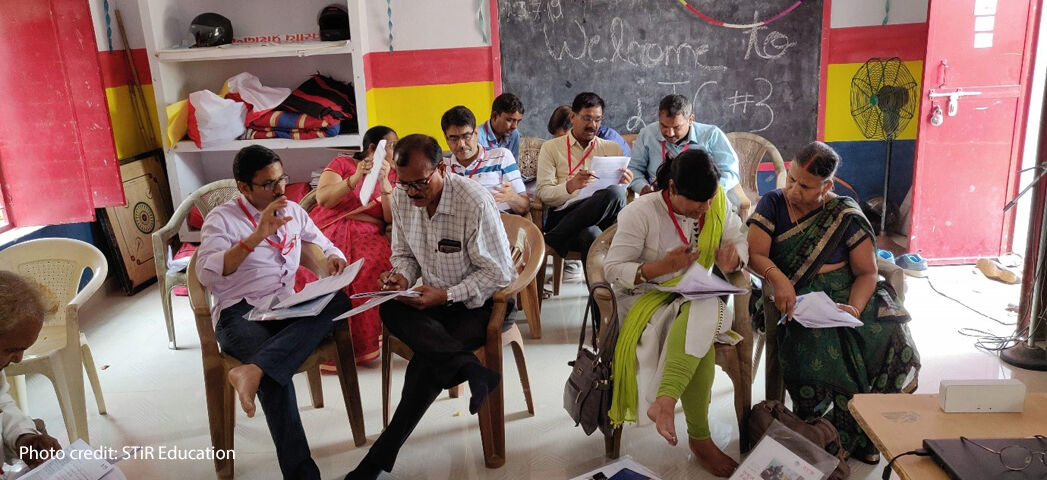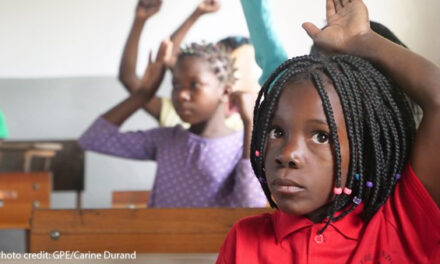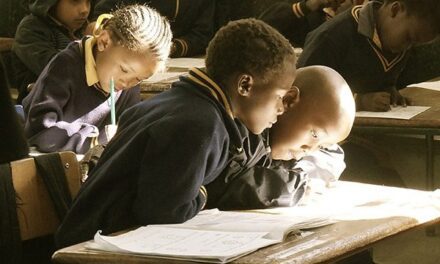This blog was written by John McIntosh, Director of Learning and Impact, STiR Education.
The education sector has made rapid progress in recent years in understanding ‘what works’ in the scaling of educational interventions. This has underpinned the development of a variety of very useful and important scaling tools. While such technical approaches are of enormous value, their impact is mediated through the quality of their adaptation to the particular context in which they are deployed. Context, in turn, is best understood in terms of people: what they value, how they act, and how they organise themselves. The essence of the ‘reverse gaze’ approach emphasises this human side of scaling, and the importance of successful, trusting relationships in scaling successfully.
At STiR Education, we seek to transform learning by ensuring that every child is taught by an intrinsically motivated teacher. We do this by working with government to design and deliver transformational professional development at scale. In a decade of operations, we have grown from a pilot of 25 in Delhi to reach nearly 600,000 teachers in India, Uganda and Indonesia.
In that time we have learned a lot about what does and doesn’t work in scaling in government systems. We agree with the growing body of scaling literature emphasising that success is less about growing a proven, defined intervention, and much more about adapting evidence-informed approaches to the peculiarities of a given cultural and geographical context. In this way, we might conceive of scaling as a dance between the scaling ‘object’ and the context, with the former as lead partner: success comes from its ability to adapt its moves to the needs and capabilities of the latter.
Recognition of the importance of contextual adaptation has led to growing interest in the idea of implementation science. This field attempts to codify the practices of successful adaptation in scaling. Both the FCDO’s What Works Hub and Brookings’ Institution’s ‘Millions Learning’ initiative have devised high quality technical tools for this purpose in education.
While we recognise the value of such tools (and use them regularly ourselves), we wonder if the sector remains too focused on the scaling ‘object’ itself. It is generally assumed by civil society organisations and other global organisations that the thing to be scaled is an objective ‘good’, and it is therefore our duty to convince government partners of its merits.
This might well be true. However, we know from research by the Center for Global Development that the aims of global north organisations and those of governments in the global south are often not aligned. In our own experience, this has resulted in a lack of meaningful participation on the part of our government partners: while we were able to scale in terms of numbers, a lack of true local ownership meant that impact on the ground varied considerably.
COVID-19 school closures were an important inflection point for STiR, because we realised that we had been too intervention-focused in our approach to scale. We saw huge disparities in the capacities of our government partners to respond to the chaos. Yet, despite these differences and our professed commitment to local adaptation, our global programming looked remarkably uniform.
This caused us to radically re-evaluate not just what we were doing as an organisation, but how we were doing it. We made the decision to become ‘context’ rather than ‘intervention’ focused in our work. This is what we mean by the term ‘reverse gaze’ in scaling: instead of looking first at our own product or intervention and how we might adapt it to different contexts, we flip the starting point by looking at the context first, then considering how our work can help further its goals in ways that align with our own mission and values.
There are three things we do when working with governments to do this:
- Create shared purpose – through listening. We spend a lot of time understanding what really matters and why to the different beneficiaries of our programme, including government decision-makers. This allows us to set ambitious goals that both sides really care about.
- Focus on principles, not programmes. We have distilled what really matters to us as an organisation to a small number of principles and a focus on outcomes related to intrinsic motivation, which allow us to be highly flexible in the specificities of programme design.
- Democratise through co-design. We set up co-design groups where ownership for the design and delivery of the programme is owned by local stakeholders.
This flexible and locally-owned approach has led to considerable divergence in the specificities of our work. In one geography, where the government’s aim was to improve both foundational skills and student well-being, the co-design group sequenced the programmes to address both of these in ways that fostered motivation. In another, the government sought to improve foundational learning and had preferred implementation partners for doing so, and so asked us to play a strategic advisory role on ensuring their programming was underpinned by the principles of motivation. Our desired outcomes – to embed approaches to fostering intrinsic motivation within the system – are consequently stronger than ever.
The specific tools we use are not unique, nor are the technical details of our approach, which borrow from a variety of disciplines, including human-centred design and implementation science. What we think matters more, however, is the human lens. Fundamentally, we believe scaling is about paying attention to the people in front of us, understanding and finding ways to help.





